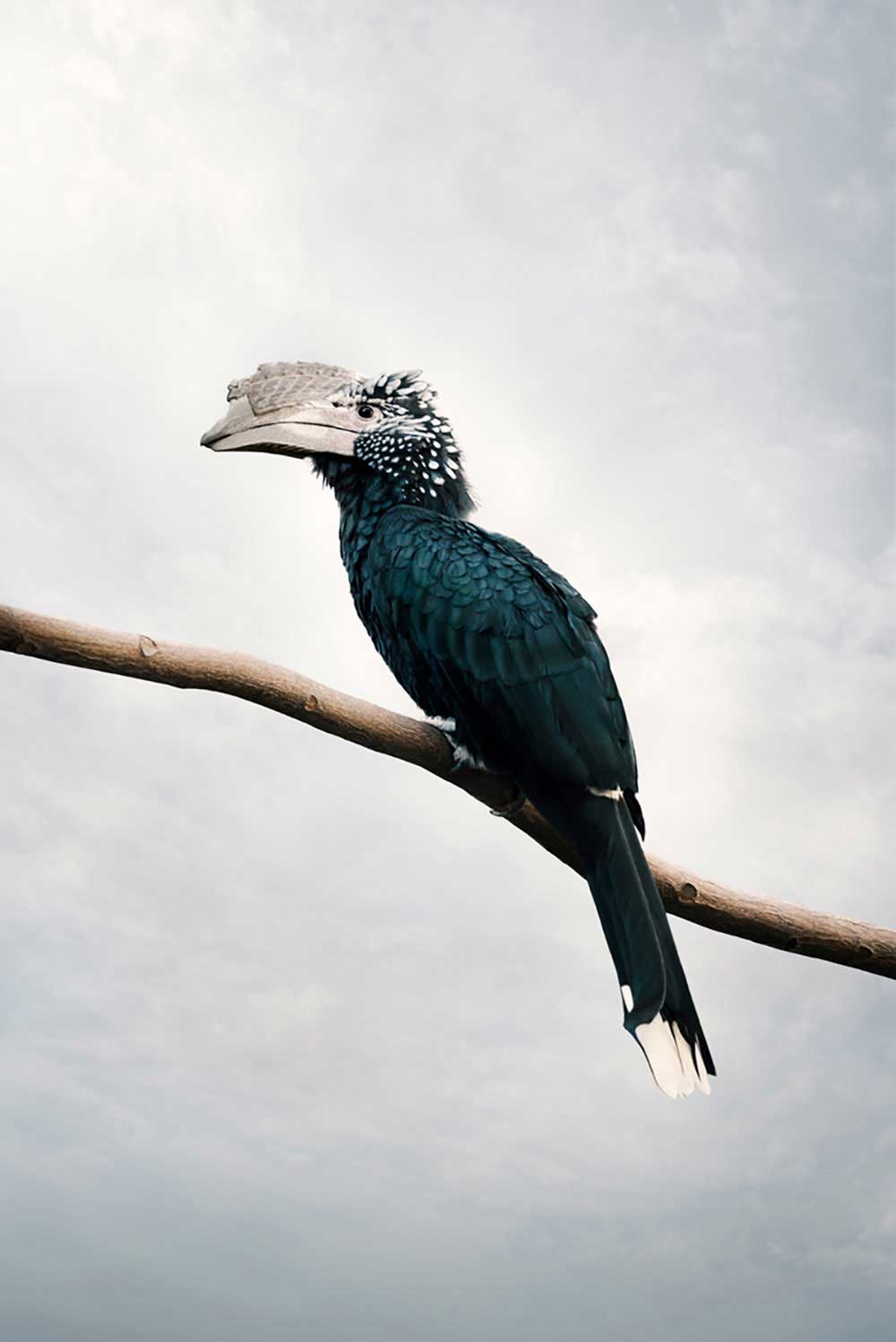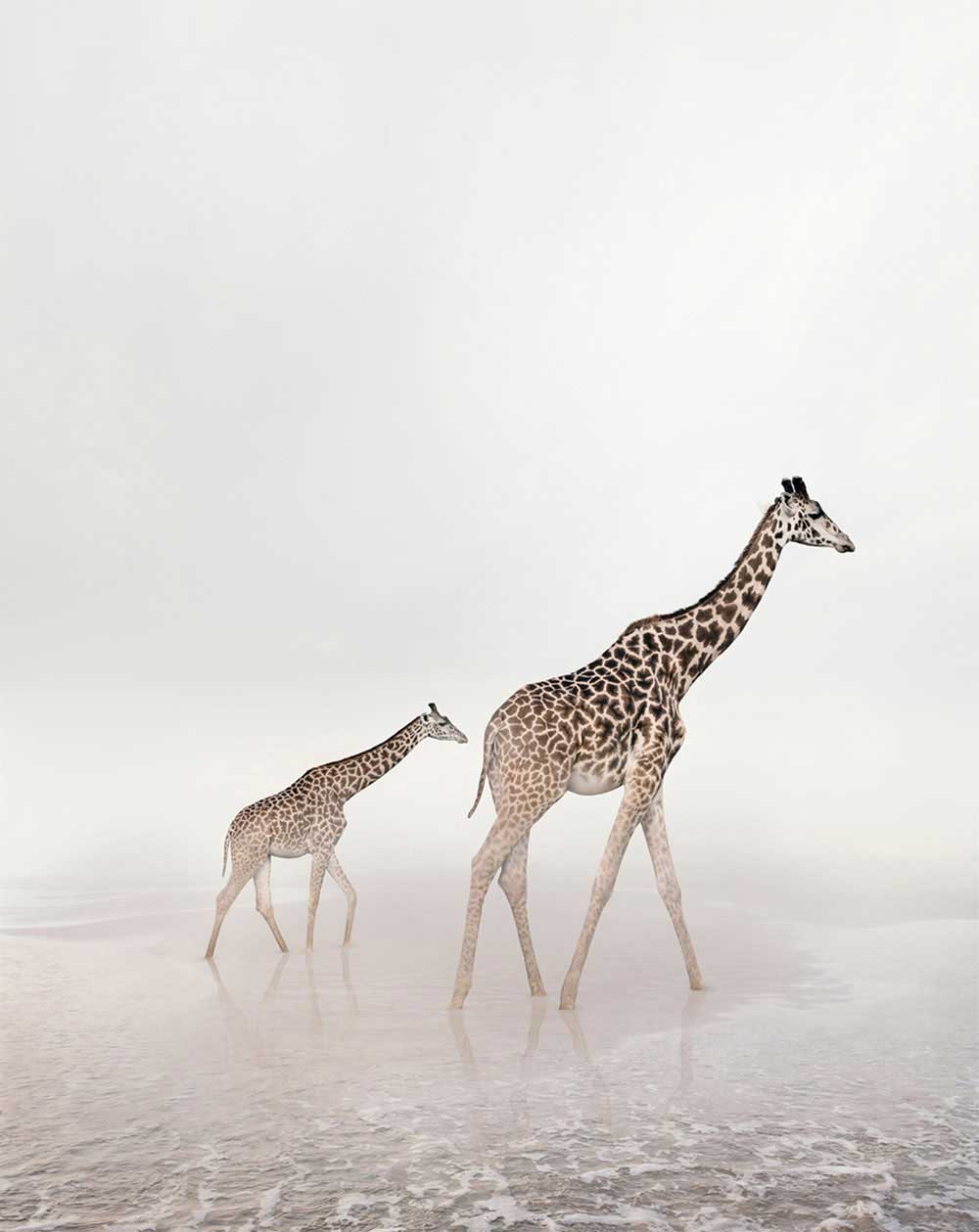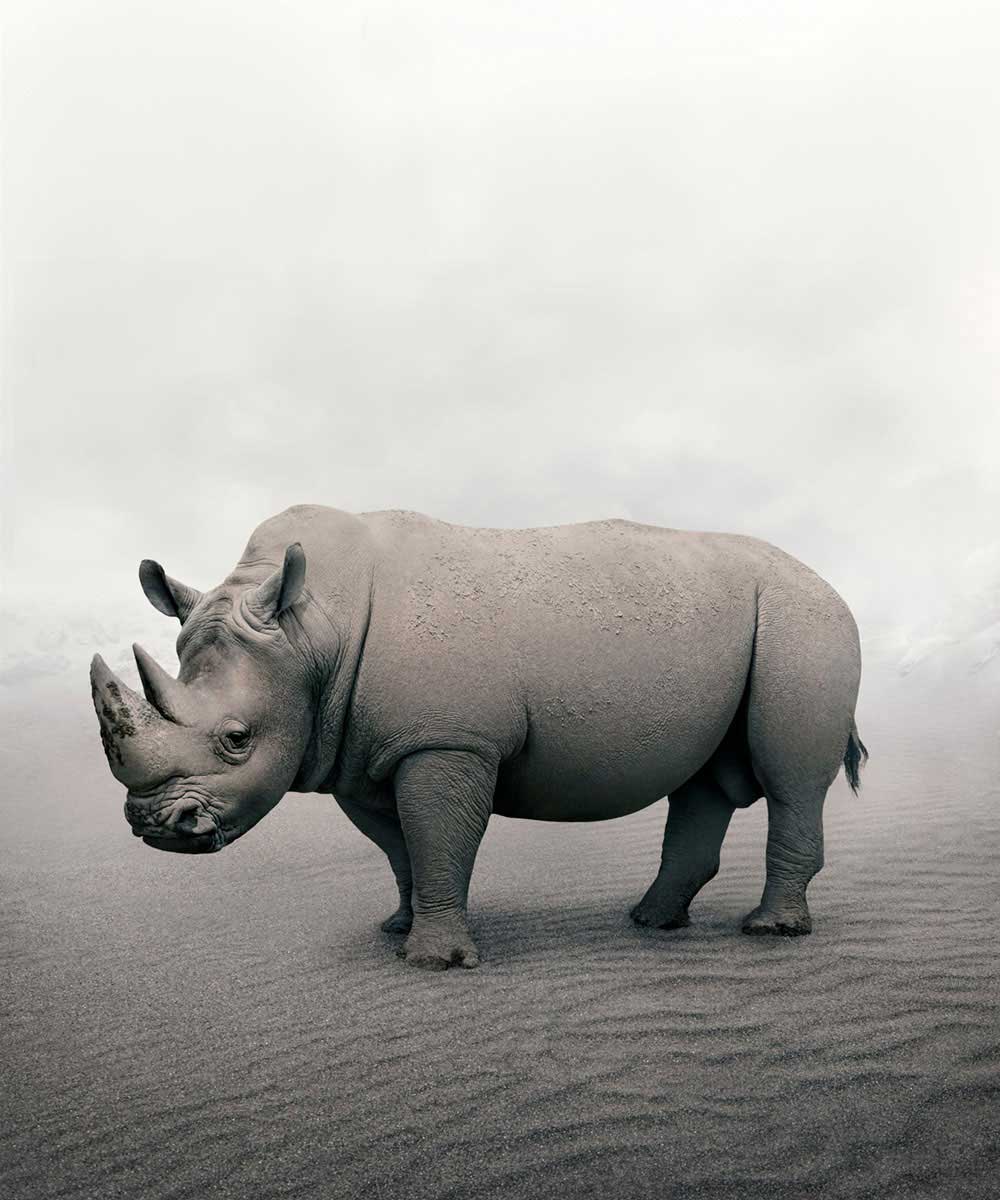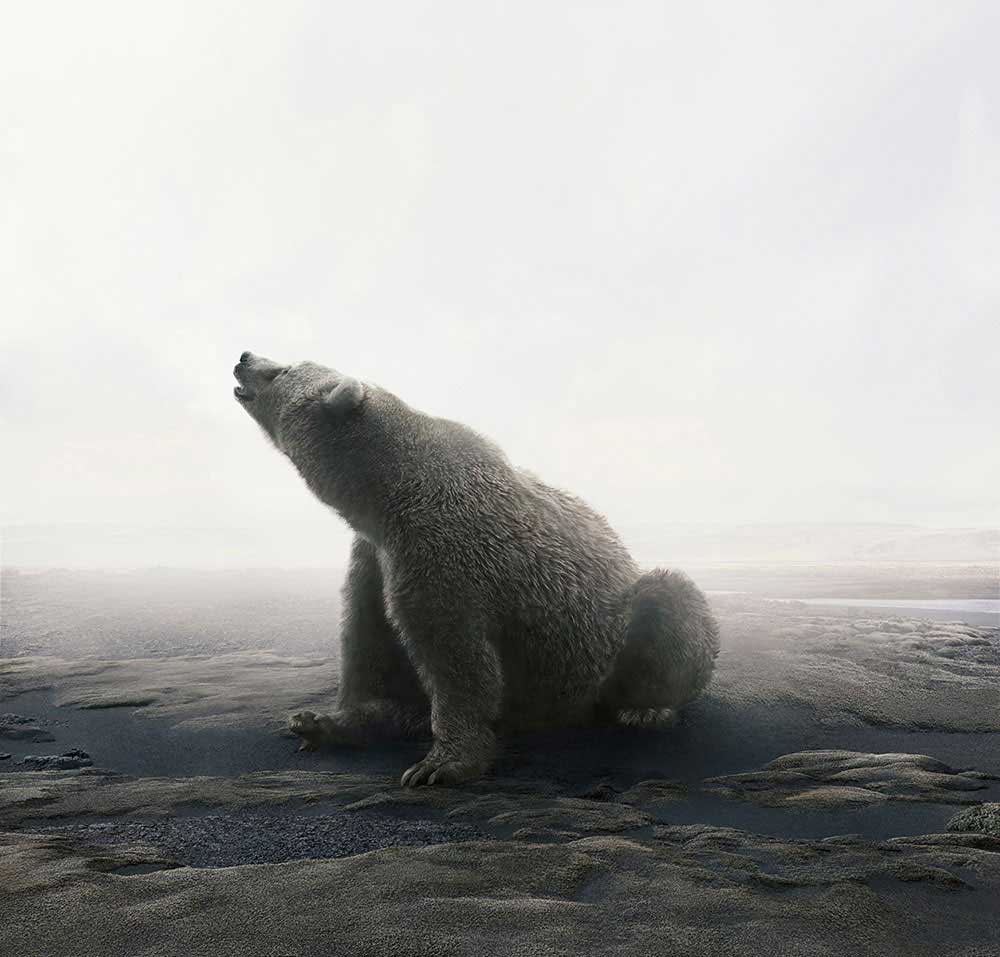Alice Zilberberg is an internationally acclaimed, award-winning artist, recognized by curators, collectors, and art patrons across the globe.
Born in Tallinn, Estonia, and raised in Israel, she currently resides in Toronto, Canada. A graduate of Ryerson University’s Photography program, she began her artistic practice by painting: a verve which remains very much present in her digital works. The winner of numerous prestigious competitions, her accolades include 1st place titles in competitions such as the International Photography Awards, the Julia Margaret Cameron Awards, and the Fine Art Photography Awards. [Official Website][Print Edition][Digital Edition]
By far one of the most distinctive projects detailing wildlife I have ever seen, your work seems to present this inherent search for tranquillity and simplicity. One of the elements which stuck out to me immediately are the variations of texture used throughout different portraits. Could you tell us a little bit about your post-production process and how you go about obtaining these kinds of textures, hues and shadows?
Thank you. I probably use every tool imaginable to shape the images. It’s really a variety of techniques that come together that creates the affect I like. I clean up the surfaces very laboriously, and I do a lot of dodging and burning to make more minimalistic and smooth. I also do color shifting. The end product looks a world different than the raw files.
‘Meditations’ seems to pull influences from your artistic background as a painter and artist, culminating in a final body of work that highlights an amalgamation of techniques and applications. In your artist statement on DODHO’s 11th issue you mentioned that ‘photography is only the beginning of the final artwork’. I’m curious to know if you also paint while simultaneously producing these images, possibly using paintings throughout the production process as references?
The mention of painting is a reference to the brushwork I use digitally, which is a big part of post-production. It’s the best way I have been able to find to describe the technique.
The subtlety of tones throughout this project brings to light the personalities of these animals. The landscapes in which they are situated (while important and specific to each animal) are vehicles of simplicity. How important is the selection of a landscape for you during post-production, and are the landscapes symbolic of the animals themselves?
I wanted to landscapes to be representative of the earth as a whole, as apposed to depicting the individual piece of land. I feel the same way about the wildlife. In most cases it is clear that they are not in their natural habitat, which is also a reference to their displacement from nature. I do plan both of them ahead of time.
All the animals throughout this body of work are introduced as peaceful and meditative with the texture of their hide or fur as soft and delicate. Even the portrait of ‘Restful Rhino’ and animal with inherently coarse skin, is presented as somewhat fragile when contrasted against the graininess of the sand. When photographing these animals before post-production do you strive to capture distinctive positions and features of an animal in the wild? Or are you focused on capturing these animals under the correct lighting conditions, making it easier to manipulate the tones in post?
It’s incredibly difficult to capture wildlife in general. I try to focus on getting as close as possible, having the right lighting, and correct perspective. I do have an image in my head of what it will look like, but that sometimes changes. I typically know when I’ve got a good shot though. I do plan the coloring and texture ahead of time to make sure everything goes together well.
Other bodies of work such as ‘Home’ and ‘Oasis’ also follow your investigation and likeness towards nature and the sublime. ‘Oasis’ for example tackles the human condition in nature, were projects like ‘Oasis’ the starting point and inspiration of an artistic analysis of animals within barren landscapes?
I think my work is always evolving. It makes sense that this work came after the one’s you mention. I do feel like it was the next step in my exploration.
Much of your earlier work such as ‘The Death of Happily Ever After’ for example, features a collection of nature’s interactions with man-made objects. Are you possibly interested in re-introducing this element into any future projects or are you solely focused on the simplicity of landscapes and the uninterrupted space?
It’s hard to tell what the future will bring. I have thought of re-introducing human elements to future works, while keeping the wildlife. We’ll just have to see!
I’d like to finalise this interview by asking you about any future exhibitions or gallery openings showcasing this latest collection of yours ‘Meditations’?
I have many exhibitions lined up for Meditations. The next solo show is at Tinney Contemporary Gallery in Nashville, US. It was originally scheduled for April-May, 2020 but due to covid-19 it is correctly postponed until further notice.
Francesco Scalici
A recent MA graduate from the University of Lincoln, Francesco has now focused on landscape photography as the basis of his photographic platform. An author for DODHO magazine, Francesco’s interest in documentary photography has turned to writing and has had various articles, interviews and book reviews published on platforms such as: ‘All About Photo.com’, ‘Float Magazine’ and ‘Life Framer Magazine’. Currently on a photographic internship, Francesco has most recently been involved in the making of a short film titled: ‘No One Else’, directed by Pedro Sanchez Román and produced my Martin Nuza.











